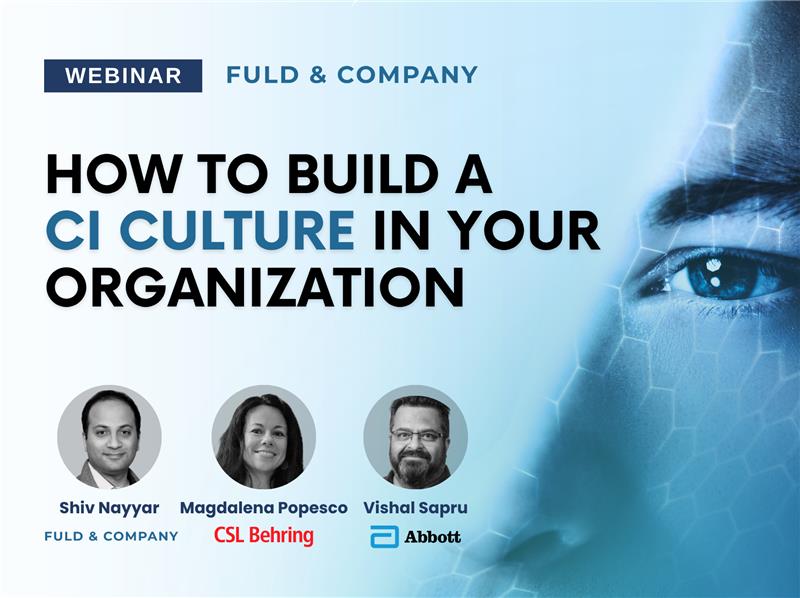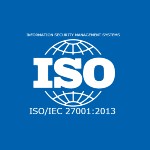The Evolution of PE Value Creation: Critical Insights from EY’s 2025 Benchmark Survey
Posted by | Fuld & Company
How leading PE firms are adapting their operational strategies in an era of rising costs and multiple compression
The private equity landscape has undergone a fundamental transformation over the past two decades. With rising financing costs and fewer opportunities for multiple expansion, the role of operational value creation has evolved from a nice-to-have to an absolute necessity.
EY’s recent Private Equity Value Creation Benchmark Survey, conducted in partnership with Phronesis Partners, includes insights from 128 PE executives from firms with $1+ billion in AUM. It reveals critical insights into how the industry is adapting to these new realities – and identifies a concerning performance gap that could determine future success.
The Hidden Risk Crisis
Perhaps the most striking finding from the research is that nearly a quarter of deals encounter unforeseen risks not identified during due diligence. Furthermore, the best-performing firms encounter such risks in only 10% of transactions, compared to 45% for the worst performers. This isn’t about luck, but rather demonstrates fundamentally different approaches to due diligence and value creation planning.
Two Distinct Philosophies
The survey reveals that PE firms have coalesced around two primary advisor selection strategies, with surprisingly equal adoption:
- The Loyalists work from curated lists of preferred providers, prioritizing relationships and consistency.
- The Specialty Seekers grant complete freedom to select advisors, prioritizing deep sector expertise above all else.
Interestingly, both models show similar risk levels and value creation outcomes – suggesting execution trumps approach.
The Diligence Revolution
While financial and operational due diligence remain foundational, the most dramatic shifts are occurring in emerging areas such as Cybersecurity diligence, ESG considerations, and IT infrastructure assessment. These changes reflect increasing business complexity and the recognition that traditional financial metrics alone are insufficient for comprehensive risk assessment.
The Operating Partner Premium
The data also strongly supports continued investment in operational capabilities. Firms with higher ratios of Operating Partners to Deal Professionals consistently outperform in terms of ROI, unforeseen risk exposure, and satisfaction with advisor engagement quality.
Specific behaviors distinguished the “least exposed” quartile of firms from their peers. These top performers systematically explore broader arrays of value creation levers during diligence, particularly in areas like capital efficiency, pricing optimization, and supply chain assessment. They also demonstrate superior underwriting practices, incorporating value creation findings into base case assumptions more frequently across all major levers – not just the obvious ones.
Five Operational Archetypes
The report also identified five distinct operational models among PE firms, each with characteristic spending patterns, portfolio ratios, and success metrics:
- Traditional – Senior generalists coordinating external advisors
- Growth-oriented – Commercial-focused teams for high-potential businesses
- Specialist – Sector-specific expertise aligned to investment mandates
- Senior External – Networks of former C-suite executives
- Interventionist – Full operational teams for complex transformations
Notably, Interventionist firms spend significantly less on external advisors while maintaining superior outcomes – a testament to the value of in-house operational capabilities.
Strategic Implications
The findings point to several critical imperatives for PE firms:
- Invest in Operational Resources: The Operating Partner premium is measurable and significant. Firms should evaluate their current ratios and consider strategic expansion of operational capabilities.
- Develop Systematic Risk Assessment: The 35-percentage-point gap in unforeseen risk exposure suggests substantial opportunity for process improvement in due diligence approaches.
- Focus on High-Impact Levers: Not all value creation initiatives are created equal. The research reveals clear hierarchies of success rates across different operational improvements.
- Align Incentives Properly: Current compensation models often lack alignment with business outcomes, potentially limiting the effectiveness of even well-resourced operational teams.
The Bottom Line
As the private equity industry continues to mature, operational value creation capabilities will increasingly separate winners from also-rans. The firms that develop systematic approaches to risk identification, invest appropriately in operational resources, and maintain disciplined focus on proven value levers will be best positioned for superior returns.
For the complete analysis, including detailed breakdowns of the five operational archetypes, specific success rates by value creation lever, and comprehensive best practices from top-performing firms, download the full report: EY Private Equity Value Creation Benchmark Survey 2025.
Tags: Business & Industry Research, Financial Equity and M&A Research, Financial Services, Private Equity Research



















